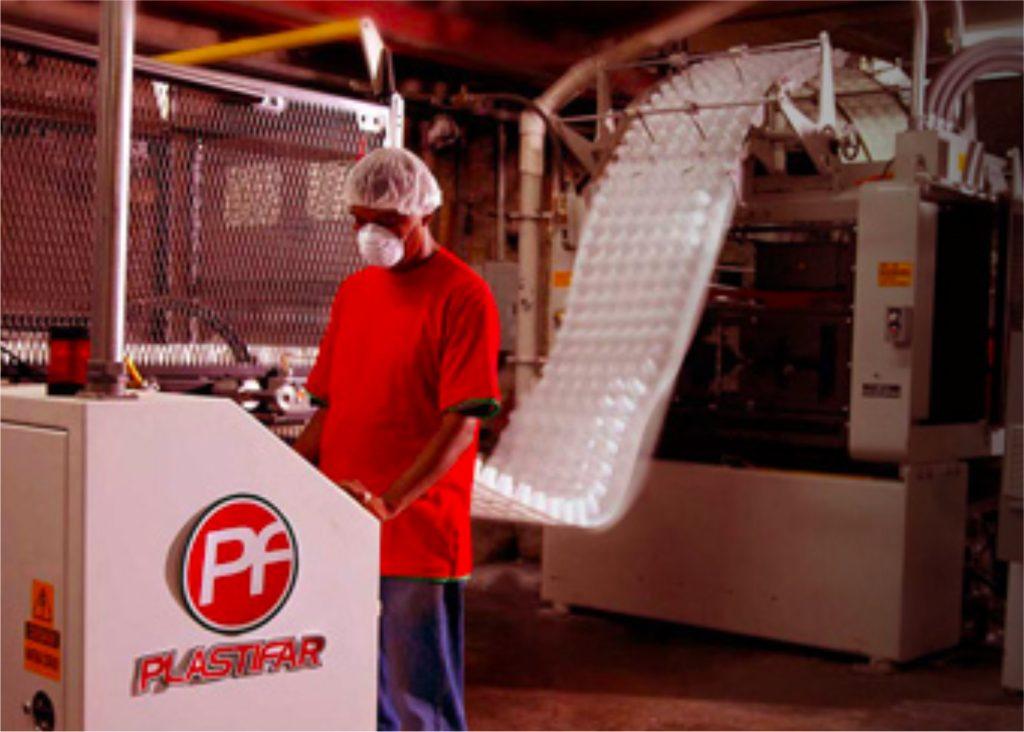In today’s environmentally conscious world, foodservice providers and consumers alike are rethinking their choices when it comes to disposable tableware. Brands are now under pressure to balance convenience, affordability, and sustainability—a challenging trifecta. One such brand that’s widely used in restaurants, catering services, and events is Plastifar.
Known for its affordable and durable disposable cups, containers, and cutlery, Plastifar has become a staple in the industry. But the question remains: How eco-friendly is Plastifar, really? In this deep dive, we’ll explore the materials, manufacturing practices, and future sustainability goals of Plastifar to help you decide whether it aligns with your environmental values.
🌍 Why Environmental Impact Matters
Before we break down Plastifar’s footprint, it’s important to understand why it matters. Disposable products have long contributed to:
-
Landfill overflow
-
Marine pollution
-
Microplastic contamination
-
Resource depletion (oil, water, and energy)
The global shift toward eco-consciousness is pushing foodservice providers to seek alternatives that are biodegradable, compostable, or recyclable. Brands that fail to adapt could risk losing customers, regulatory support, and credibility.
🏭 What Materials Does Plastifar Use?
Plastifar primarily produces disposable tableware made from polystyrene foam (Styrofoam) and rigid plastic (polypropylene or PET). While these materials offer practicality and affordability, they raise serious environmental concerns.
⚠️ Polystyrene Foam (EPS)
-
Non-biodegradable: Takes 500+ years to decompose.
-
Recycling challenges: Not accepted in most municipal recycling systems.
-
Environmental hazards: Easily breaks into microplastics that pollute oceans and harm wildlife.
Foam cups, plates, and containers are among the most criticized single-use products, and unfortunately, a large portion of Plastifar’s product line still relies on this material.
⚠️ Plastic (PP or PET)
-
Technically recyclable, but only under specific conditions.
-
Requires cleaning and sorting, which many users skip.
-
Often ends up in landfills due to lack of proper infrastructure.
So while plastic is marginally better than foam in terms of recyclability, it’s still far from being an eco-ideal solution.
🔄 Does Plastifar Offer Sustainable Alternatives?
Plastifar has begun to acknowledge the growing demand for environmentally friendly disposables. While it is not a green company at its core, there are signs of movement in the right direction.
✅ Notable Efforts:
-
Lightweight Product Designs
Reducing the amount of material per unit to lower resource consumption. -
Recyclable Plastic Cups and Lids
Select lines are labeled as recyclable (though local recycling availability varies). -
Exploratory Biodegradable Lines
Reports suggest that Plastifar has been testing biodegradable materials for cutlery and plates, though these are not widely available yet. -
Bulk Packaging to Reduce Waste
By selling in high-volume packs, the company minimizes secondary packaging and transportation emissions.
❌ Missing Efforts:
-
No compostable product lines (PLA, bagasse, bamboo, etc.)
-
No official green certifications (e.g., BPI, USDA BioPreferred)
-
No public sustainability roadmap or mission statement
📊 How Does Plastifar Compare to Sustainable Brands?
To understand Plastifar’s environmental position, it’s helpful to compare it with other tableware brands that have gone green.
| Brand | Materials Used | Compostable | Recyclable | Eco Certifications |
|---|---|---|---|---|
| Plastifar | Foam, plastic | ❌ | ⚠️ Partially | ❌ |
| Eco-Products | Bagasse, PLA, recycled PET | ✅ | ✅ | ✅ BPI, ASTM |
| Repurpose | Plant-based bioplastics | ✅ | ✅ | ✅ USDA Certified |
| Dart | EPS foam, some green lines | ⚠️ Some | ⚠️ Some | ⚠️ Partial |
Compared to truly eco-friendly brands, Plastifar clearly lags behind in sustainability. Its current offerings serve convenience and cost efficiency, but not the environment.
📦 Business Perspective: Should You Still Use Plastifar?
✅ Use Plastifar If:
-
Your priority is low cost and availability.
-
You're in a region where foam is not yet banned.
-
You need durable, leak-resistant products for large-scale events or takeout.
-
You're transitioning and want interim disposable options while exploring sustainable vendors.
❌ Avoid Plastifar If:
-
Your brand is built around green values or zero-waste goals.
-
You operate in a foam-restricted city/state (e.g., NYC, Seattle, San Diego).
-
You’re looking for certified compostable or biodegradable solutions.
📜 Legal and Regulatory Concerns
Polystyrene bans are increasing worldwide. Many cities and states in the U.S. have passed laws restricting or banning foam food containers, including:
-
New York City
-
California
-
Washington, D.C.
-
Maine and Maryland
If your business operates in or delivers to these regions, using Plastifar foam products could lead to fines or non-compliance issues. Even where foam is still legal, consumers are growing wary of non-recyclable waste.
🔮 The Future: Can Plastifar Go Green?
While Plastifar currently leans heavily on traditional plastics and foams, there is potential for transformation. As demand grows and regulations tighten, the brand may be forced to pivot or expand into eco-friendly materials.
Possible Next Steps for Plastifar:
-
Launching a plant-based compostable line.
-
Partnering with eco-certifiers (e.g., BPI, ASTM D6400).
-
Reducing foam production in favor of recyclable PET.
-
Publishing a corporate sustainability strategy.
If Plastifar makes these moves, it could preserve its strong market presence while meeting modern environmental standards.
🧾 Final Verdict: Eco-Friendly or Not?
Currently, Plastifar is not an eco-friendly brand. Its heavy use of foam and plastic, lack of compostable options, and absence of sustainability commitments place it behind more progressive competitors.
However, for businesses that prioritize cost, reliability, and availability, Plastifar remains a viable short-term solution—especially when paired with waste management strategies like recycling programs.
🌱 Final Rating:
Environmental Friendliness: ★★☆☆☆ (2/5)
💬 What’s Your Take?
Do you currently use Plastifar products in your business or events? Are you planning to switch to more sustainable options? Share your experience and thoughts in the comments below.
Let me know if you'd like this article adapted into a landing page or blog post for your e-commerce site. I can also add targeted keywords and meta descriptions to boost your SEO.

